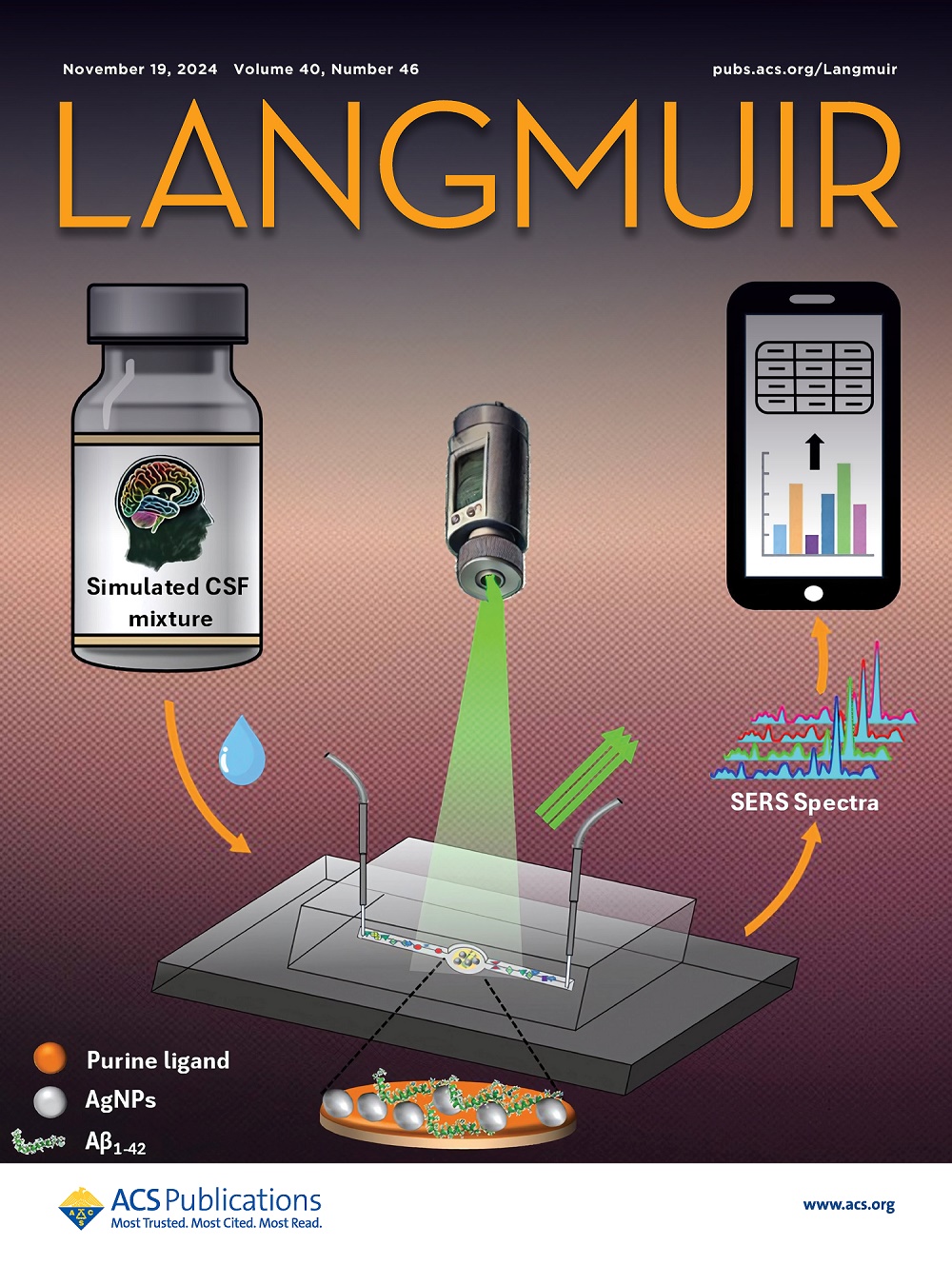Fabrication of Highly Dispersed Aramid Nanofibers Based on Cation-Exchange Resin as a Proton Donor: Low Energy Consumption, Solvent Closed-Loop Recovery.
IF 3.9
2区 化学
Q2 CHEMISTRY, MULTIDISCIPLINARY
引用次数: 0
Abstract
Aramid nanofibers (ANFs), as novel high-performance organic nanomaterials, face challenges in conventional preparation processes where liquid water as a proton donor induces fiber entanglement and cross-linking, leading to poor dispersion stability, while dimethyl sulfoxide (DMSO) solvent remains difficult to recover due to inefficient separation. This study proposes using weakly acidic solid cation-exchange resins as H+ donors instead of water. Their slow-release characteristics effectively inhibit gelation and eliminate mechanical post-treatment. The resulting ANFs exhibit reduced fiber diameters (9.6 ± 1.49 nm) with more uniform size distribution, corresponding to a film tensile strength of 231 MPa, representing 42.07% enhancement compared to traditional water-based methods. Innovatively, the introduction of solid proton donors enables closed-loop DMSO solvent recovery, maintaining a 90% recovery rate after three cycles, significantly reducing production costs. This dual-functional strategy combining fiber structure regulation with green solvent recycling advantages provides new insights for the large-scale production of high-performance nanomaterials.以阳离子交换树脂为质子供体制备高分散芳纶纳米纤维:低能耗、溶剂闭环回收。
芳纶纳米纤维作为一种新型高性能有机纳米材料,在传统制备工艺中,液态水作为质子供体导致纤维缠结和交联,导致分散稳定性差,而二甲基亚砜(DMSO)溶剂由于分离效率低而难以回收。本研究建议使用弱酸性固体阳离子交换树脂代替水作为H+供体。其缓释特性有效抑制凝胶形成,消除机械后处理。所得ANFs的纤维直径减小(9.6±1.49 nm),尺寸分布更均匀,膜的抗拉强度为231 MPa,比传统水基方法提高42.07%。创新的是,固体质子供体的引入实现了DMSO溶剂的闭环回收,在三个循环后保持90%的回收率,显著降低了生产成本。这种将纤维结构调节与绿色溶剂回收优势相结合的双功能策略,为高性能纳米材料的大规模生产提供了新的思路。
本文章由计算机程序翻译,如有差异,请以英文原文为准。
求助全文
约1分钟内获得全文
求助全文
来源期刊

Langmuir
化学-材料科学:综合
CiteScore
6.50
自引率
10.30%
发文量
1464
审稿时长
2.1 months
期刊介绍:
Langmuir is an interdisciplinary journal publishing articles in the following subject categories:
Colloids: surfactants and self-assembly, dispersions, emulsions, foams
Interfaces: adsorption, reactions, films, forces
Biological Interfaces: biocolloids, biomolecular and biomimetic materials
Materials: nano- and mesostructured materials, polymers, gels, liquid crystals
Electrochemistry: interfacial charge transfer, charge transport, electrocatalysis, electrokinetic phenomena, bioelectrochemistry
Devices and Applications: sensors, fluidics, patterning, catalysis, photonic crystals
However, when high-impact, original work is submitted that does not fit within the above categories, decisions to accept or decline such papers will be based on one criteria: What Would Irving Do?
Langmuir ranks #2 in citations out of 136 journals in the category of Physical Chemistry with 113,157 total citations. The journal received an Impact Factor of 4.384*.
This journal is also indexed in the categories of Materials Science (ranked #1) and Multidisciplinary Chemistry (ranked #5).
 求助内容:
求助内容: 应助结果提醒方式:
应助结果提醒方式:


